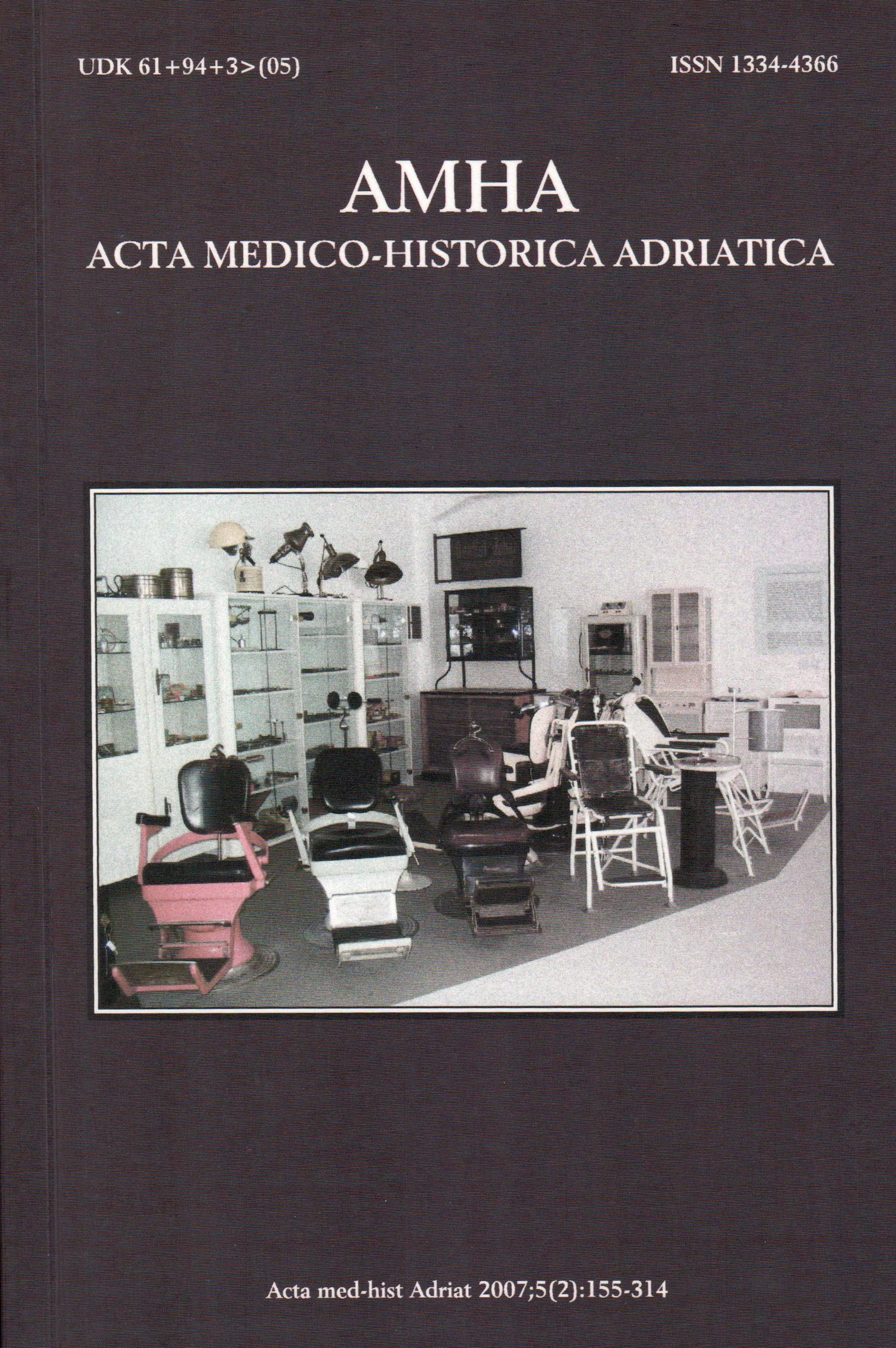NOMOS GEORGIKOS I ZDRAVSTVENA KULTURA
Keywords:
history of jurisprudence, law, corporal punishment, health culture, Byzantine Empire, 7th century, 8th centuryAbstract
Nomos georgikos, believed to have been enacted during the rule of Justinian II, at the turn between the 7th and the 8th century, brought a number of feudal right norms in spite of the common belief that it slowed down the shift to feudalism in the Byzantine society. Rightfully or not, people called it the “Slavic Law”, for it largely reflected the spirit and the essence of the common law of the Slavic tribes under the Byzantine rule. It mostly regulates farming and rural life. Truth be told, this law does not contain any specific provisions regulating health culture, but its penal section gives us this particular view of health culture. In other words, this law abounds in provisions against the integrity of the body (corporal punishments) and the integrity of life (death penalty). The law describes two forms of death penalty: burning at the stake and crucifixion (reserved for slaves). As for the corporal punishment, the law provided a gamut of penalties, as follows:
- blinding (for three offences)
- hand amputation (for three offences)
- tongue amputation (for one offence)
- branding (for one offence)
- whipping - 12 strokes (for one offence)
- 30 strokes (for two offences)
- 100 strokes (for three offences)
- no limit (for two offences)
Whipping (regardless of the number of strokes) had one more purpose as a punishment; it branded the offender as a base person, inflicting thus long lasting psychic pain.


